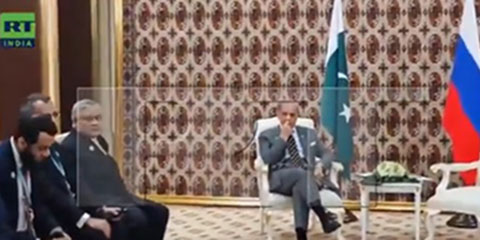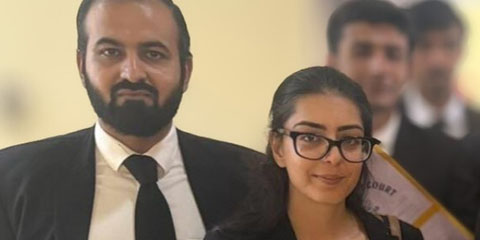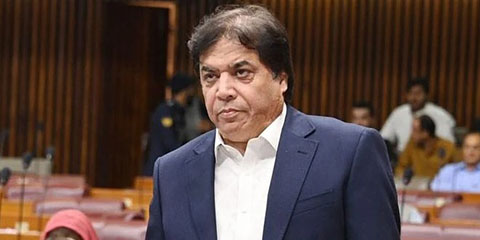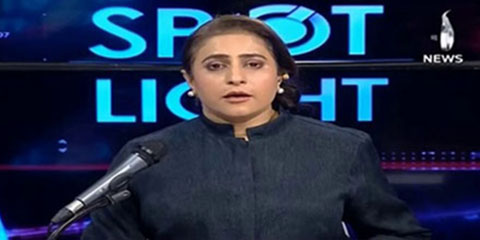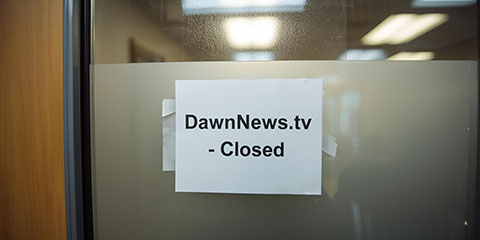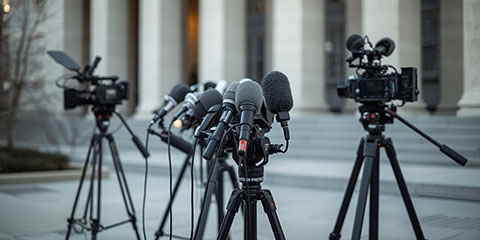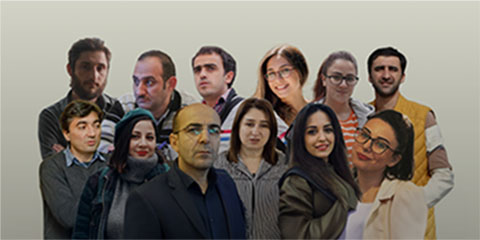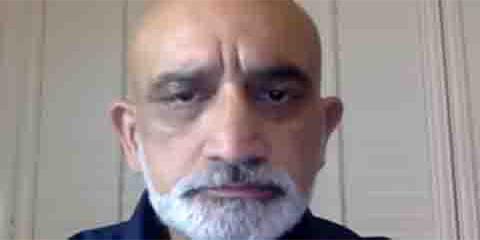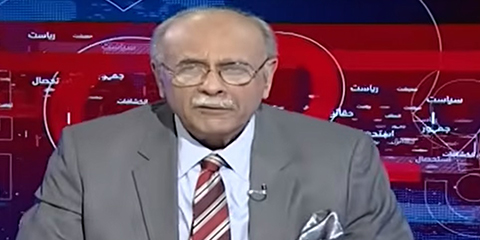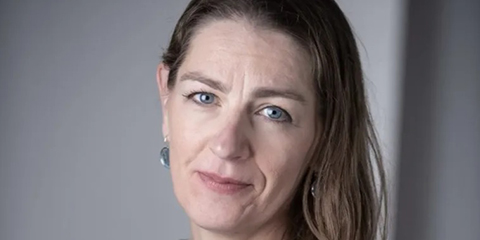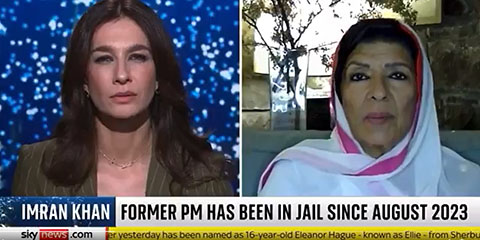Jang without editorials is proof Pakistan’s print media has lost its spine
JournalismPakistan.com | Published 3 months ago | JP Special Report
Join our WhatsApp channel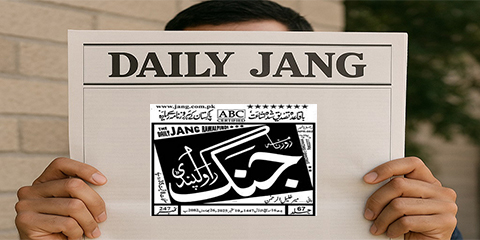
ISLAMABAD — Daily Jang, Pakistan’s oldest and most widely read Urdu-language newspaper, has gone three consecutive days without publishing an editorial—a move that has triggered alarm among journalists, analysts, and media watchers. The development is being seen as a reflection of both the crisis of editorial independence and the broader decline of traditional print journalism in Pakistan.
For decades, editorials have been considered the moral and intellectual compass of a newspaper, offering independent perspective, critique, and policy guidance. Their absence in Jang, once considered the flagship of Urdu journalism, marks an unprecedented shift.
Veteran journalist Mehmood Sham was among the first to raise the alarm, calling it a historic low point:
“Today, for the first time in the 200-year history of Urdu journalism, the largest Urdu newspaper, Jang, was published without an editorial. The news had already departed; now the editorial is gone too, and with it, the mirror that reflected the spirit of the times,” he lamented on social media.
Novelist and journalist Mohammad Hanif was blunt in his assessment, arguing that the decline has been long in the making:
“If a newspaper doesn’t even have an editor, what’s the point of an editorial? And if the paper’s editorial policy is nothing more than advertising, then what’s the use of selling editorials at all?” he wrote in his BBC Urdu column.
Similarly, senior journalist Shaheen Sehbai expressed disbelief at the lapse:
“What happened to Jang: Today, I saw something unprecedented in the media—the editorial page of the biggest newspaper, Jang, was missing its editorial altogether. Are all the editors on vacation, or did they not find a topic to praise the government?”
The Bigger Picture: A Declining Tradition
Jang’s absence of editorials has fueled speculation about the weakening role of newspapers in shaping public debate. Once considered the most powerful voice of the people, editorials in Pakistan’s press are losing their weight in the digital age.
Observers point out that Jang has already been struggling with falling credibility and declining readership for several years. Critics say its journalism has grown increasingly cautious, tilted toward commercial interests, and often aligned with political pressures. The absence of editorials only amplifies perceptions of an industry unable or unwilling to uphold its watchdog role.
Fallout for Other Newspapers
The incident has implications beyond Jang. Media analysts warn that if Pakistan’s largest Urdu daily can abandon editorial writing, other newspapers may follow, eroding one of the last bastions of print media’s influence. Editorials have traditionally provided a check on power, serving as a platform for dissent and reflection. Without them, newspapers risk becoming little more than carriers of press releases and advertisements.
For many, the editorial vacuum is not just about one paper but about the future of journalism in Pakistan. The concern is whether newspapers, already struggling against social media, financial pressures, and political influence, can still serve as independent voices of society.




